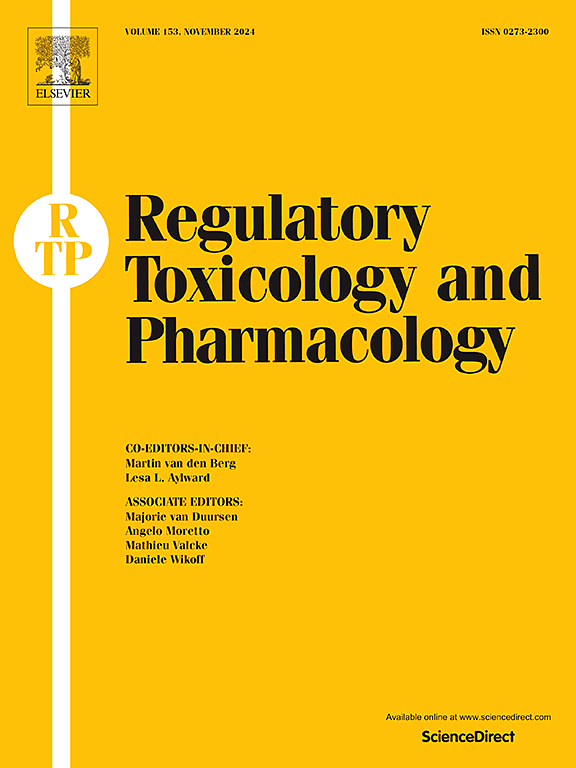Streamlined and accelerated nonclinical development of COVID-19 vaccines and therapeutics – an IQ consortium DruSafe survey
IF 3.5
4区 医学
Q1 MEDICINE, LEGAL
引用次数: 0
Abstract
The global COVID-19 pandemic had a major impact on the development of vaccines and treatments, leading to the swift creation and distribution of various medical solutions. This period reshaped many facets of drug and vaccine development, as well as the regulatory review process, fostering innovations while maintaining standards of safety, quality, and efficacy. To capture and document these innovative methods and key takeaways in nonclinical development for COVID-19 drugs and vaccines, the DruSafe Leadership Group of the International Consortium for Innovation and Quality in Pharmaceutical Development (IQ Consortium) conducted a survey among its members with experience in developing COVID-19 treatments and preventatives. The survey captured how companies used innovative nonclinical strategies to expedite the availability of promising drugs and vaccines in response to the urgent medical need, as well as their interactions with regulatory agencies. This article presents the survey results, offering insights into nonclinical development for 15 therapeutics or vaccines submitted by 10 pharmaceutical companies. It also reflects on how these lessons can guide responses to future pandemics and/or other serious, life-threatening diseases.
简化和加速COVID-19疫苗和疗法的非临床开发——IQ联盟DruSafe调查
全球COVID-19大流行对疫苗和治疗方法的开发产生了重大影响,导致各种医疗解决方案的迅速创建和分发。这一时期重塑了药物和疫苗开发的许多方面,以及监管审查程序,在保持安全、质量和疗效标准的同时促进了创新。为了捕捉和记录新冠肺炎药物和疫苗非临床开发中的这些创新方法和关键收获,国际药物开发创新和质量联盟(IQ联盟)的DruSafe领导小组在具有开发新冠肺炎治疗和预防经验的成员中进行了一项调查。该调查记录了各公司如何利用创新的非临床战略来加快有希望的药物和疫苗的供应,以应对迫切的医疗需求,以及它们与监管机构的互动。本文介绍了调查结果,为10家制药公司提交的15种疗法或疫苗的非临床开发提供了见解。它还思考了这些经验教训如何指导应对未来的大流行病和/或其他严重、危及生命的疾病。
本文章由计算机程序翻译,如有差异,请以英文原文为准。
求助全文
约1分钟内获得全文
求助全文
来源期刊
CiteScore
6.70
自引率
8.80%
发文量
147
审稿时长
58 days
期刊介绍:
Regulatory Toxicology and Pharmacology publishes peer reviewed articles that involve the generation, evaluation, and interpretation of experimental animal and human data that are of direct importance and relevance for regulatory authorities with respect to toxicological and pharmacological regulations in society. All peer-reviewed articles that are published should be devoted to improve the protection of human health and environment. Reviews and discussions are welcomed that address legal and/or regulatory decisions with respect to risk assessment and management of toxicological and pharmacological compounds on a scientific basis. It addresses an international readership of scientists, risk assessors and managers, and other professionals active in the field of human and environmental health.
Types of peer-reviewed articles published:
-Original research articles of relevance for regulatory aspects covering aspects including, but not limited to:
1.Factors influencing human sensitivity
2.Exposure science related to risk assessment
3.Alternative toxicological test methods
4.Frameworks for evaluation and integration of data in regulatory evaluations
5.Harmonization across regulatory agencies
6.Read-across methods and evaluations
-Contemporary Reviews on policy related Research issues
-Letters to the Editor
-Guest Editorials (by Invitation)

 求助内容:
求助内容: 应助结果提醒方式:
应助结果提醒方式:


